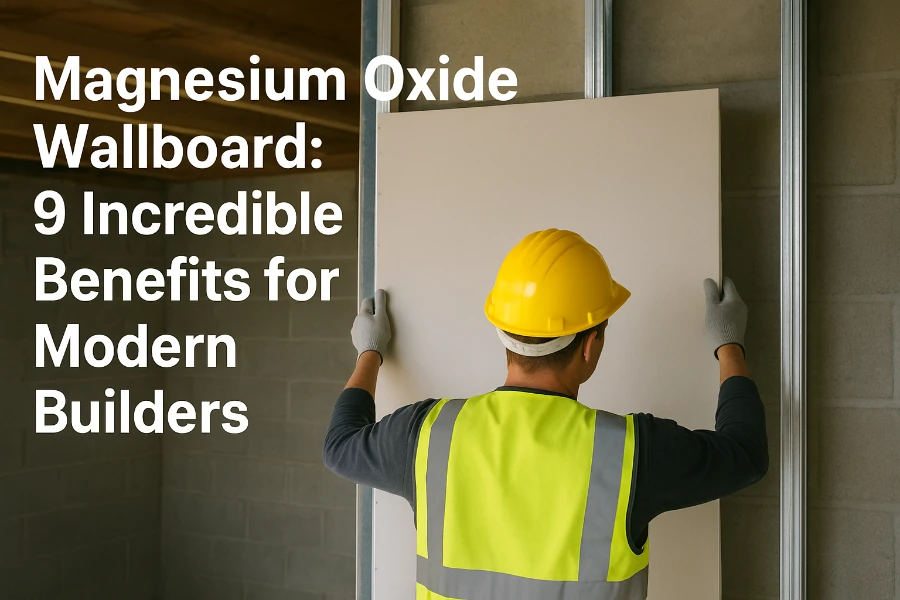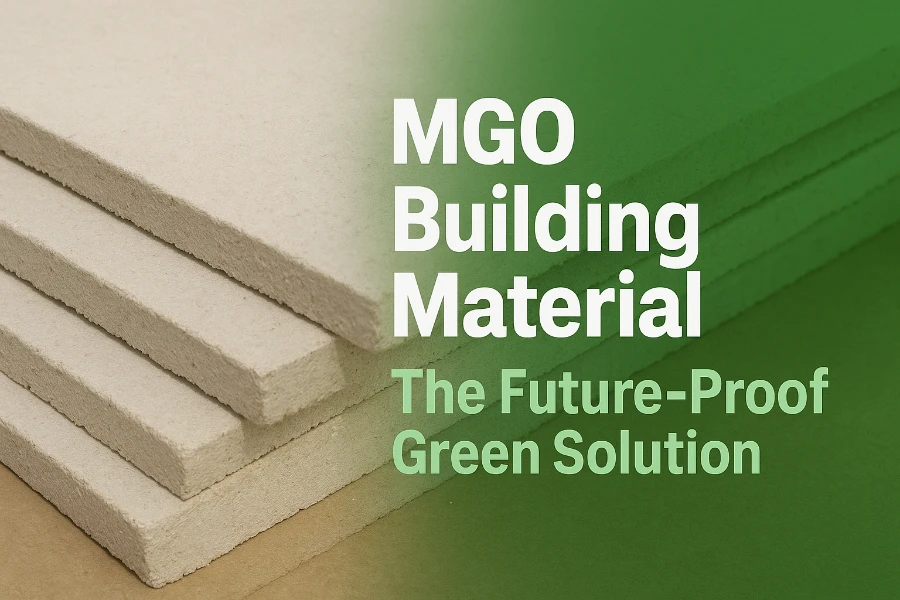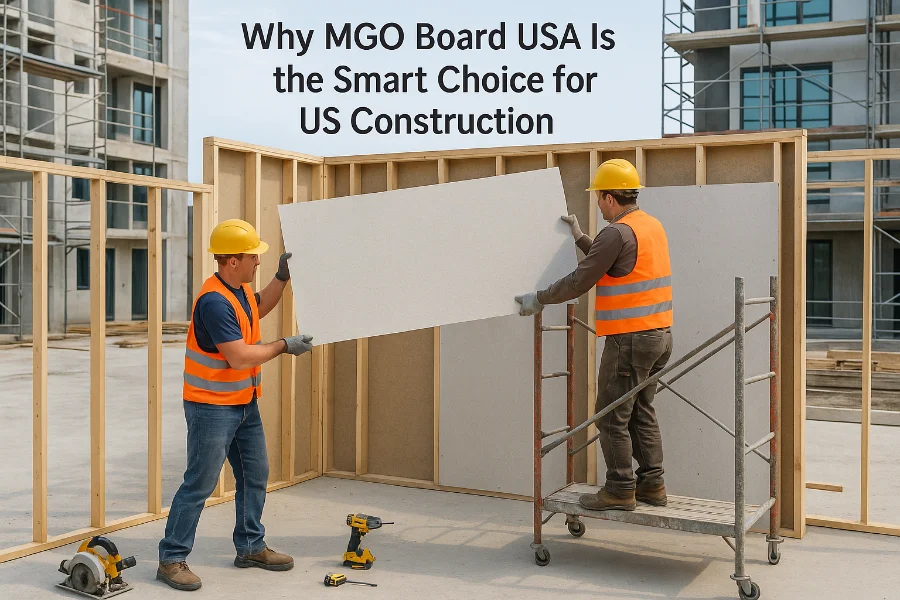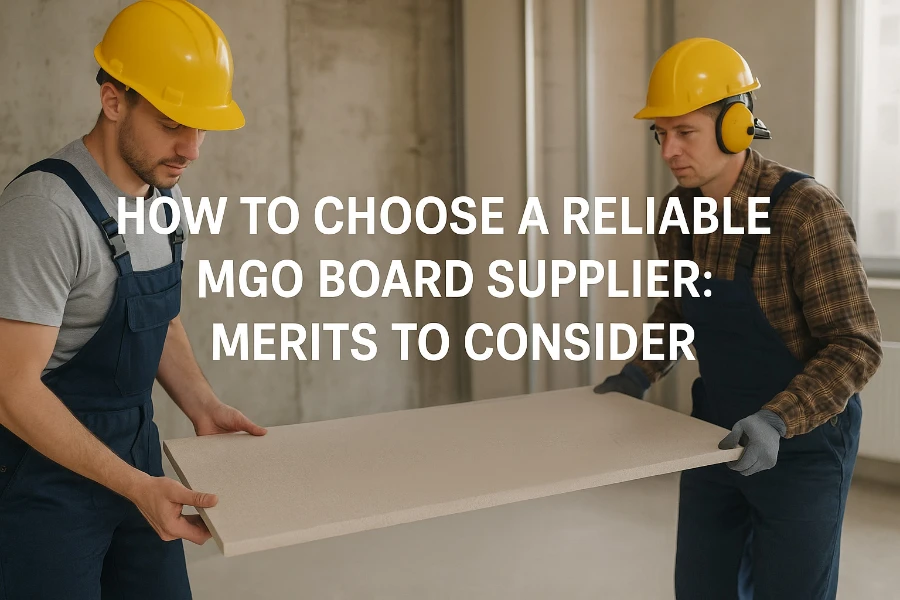Table of Contents
Introduction
Magnesium oxide wallboard, often referred to as MgO wallboard, is rapidly becoming a favored choice in modern construction projects. Unlike traditional gypsum boards or plywood, magnesium oxide wallboard offers a unique combination of durability, safety, and sustainability. Builders, architects, and developers are increasingly recognizing its value, especially in projects that require high performance and long-term reliability.
In this article, we will explore nine incredible benefits of magnesium oxide wall board that make it a superior alternative to conventional materials. From fire resistance to eco-friendliness, magnesium oxide wallboard proves to be an essential solution for today’s construction demands.
1. Exceptional Fire Resistance
One of the most remarkable benefits of magnesium oxide wallboard is its superior fire resistance. Unlike wood-based panels or gypsum boards that can weaken under extreme heat, magnesium oxide wallboard is inherently non-combustible. It can withstand temperatures exceeding 800°C without releasing toxic fumes, which makes it an excellent material for fire-rated walls, ceilings, and partitions.
For builders working on projects that must comply with strict fire safety regulations, magnesium oxide wallboard offers peace of mind. It has been tested under international standards such as ASTM and EN, consistently achieving high fire ratings. This level of protection not only enhances building safety but also helps developers meet insurance requirements and regulatory codes.
Whether used in residential complexes, commercial buildings, or public infrastructure, magnesium oxide wallboard provides a crucial layer of fire defense that can save both property and lives.
Discover why MGO building material is the future-proof green solution for durable, fire-resistant, and eco-friendly construction projects.
Discover why MGO board USA is the smart choice for American construction—fire-resistant, durable, eco-friendly, and compliant with US building standards.
How to choose a reliable MGO board supplier: discover key merits of suppliers and magnesium oxide boards for safe, durable, and eco-friendly construction.





